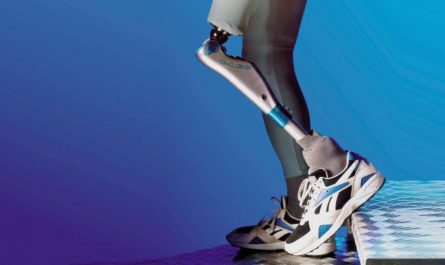
Telemedicine has revolutionized how healthcare services are delivered. With technology rapidly advancing, video telemedicine has emerged as the future of telehealth by allowing face-to-face virtual visits between patients and providers. This article explores how video telemedicine is enhancing access to care and improving health outcomes.
What is Video Telemedicine?
Video telemedicine, also known as telehealth or telemedicine, involves using telecommunication and information technology to provide clinical health care from a distance. It allows patients and providers to have virtual face-to-face interactions using audio-visual telecommunications technology like smartphones, tablets, and computers. Specialized video conferencing equipment and programs are often used to facilitate these virtual visits.
Benefits of Video Telemedicine
There are many benefits of using video telemedicine over traditional telephone-only telehealth:
Increased Access to Care
Video visits allow patients to see a provider from anywhere, expanding access to care especially in rural and underserved areas. It removes transportation barriers and saves patients time and money spent on traveling for office visits.
Convenience for Patients
Video telemedicine offers convenience as patients can access care from the comfort of their home or anywhere with an internet connection. This reduces time off from work and relieves stress of traveling while ill.
Improved Health Outcomes
Studies show video visits lead to improved management of chronic conditions like diabetes and heart disease. The visual interaction helps providers perform examinations, detect non-verbal cues, and ensure treatment adherence. This results in better health outcomes overall.
Cost Savings for Healthcare System
By reducing unnecessary emergency department visits and hospitalizations, video telemedicine lowers the total cost of care delivery. It is also more cost effective than traveling providers.
Applications of Video Telemedicine
Remote Specialty Care Consultations
Video telemedicine has increased access to specialty care like dermatology, psychiatry and stroke consultations in rural areas. It facilitates faster specialty evaluations and management planning compared to traditional referrals.
Long Term Care Facilities Support
Nursing homes and assisted living centers widely use telemedicine to get remote access to providers for ongoing care of their residents. It reduces hospital transfers and improves quality of life.
Chronic Disease Management
Conditions like diabetes, congestive heart failure and COPD that require ongoing monitoring are effectively managed using telehealth video visits. Secure messaging with providers also boosts treatment adherence.
Remote Patient Monitoring
Add-on devices can remotely monitor patients’ vital signs, weight, blood pressure etc. between visits and send data to providers. This enhanced monitoring helps prevent health deteriorations.
Future Advancements in Video Telemedicine
As internet speeds increase and technology becomes more affordable and user-friendly, the use of real-time video in healthcare will grow exponentially. Some areas we may see advances are:
– Wider Adoption of Tele-ICU Services: Allowing remote critical care support using cameras at patient bedsides may expand ICU services to more hospitals.
– Increased Use of Virtual Reality Applications: VR can be used to virtually transport patients, conduct simulations of medical procedures for training.
– Growth of Remote Surgery Through Robotics: Robotic systems controlled through high-speed internet can enable remote surgery between international medical facilities.
– Integration with AI & other Digital Tools: Video visits combined with AI, automated notifications, telemonitoring devices will revolutionize proactive, preventive and personalized care.
Future Outlook
Both patients and providers have expressed high satisfaction with video telemedicine. As reimbursement policies evolve and virtual care gains mainstream acceptability, it will continue reshaping traditional healthcare delivery models. By overcoming accessibility and distance barriers, telehealth can help achieve universal healthcare for all.
*Note:
1. Source: Coherent Market Insights, Public sources, Desk research
2. We have leveraged AI tools to mine information and compile it

